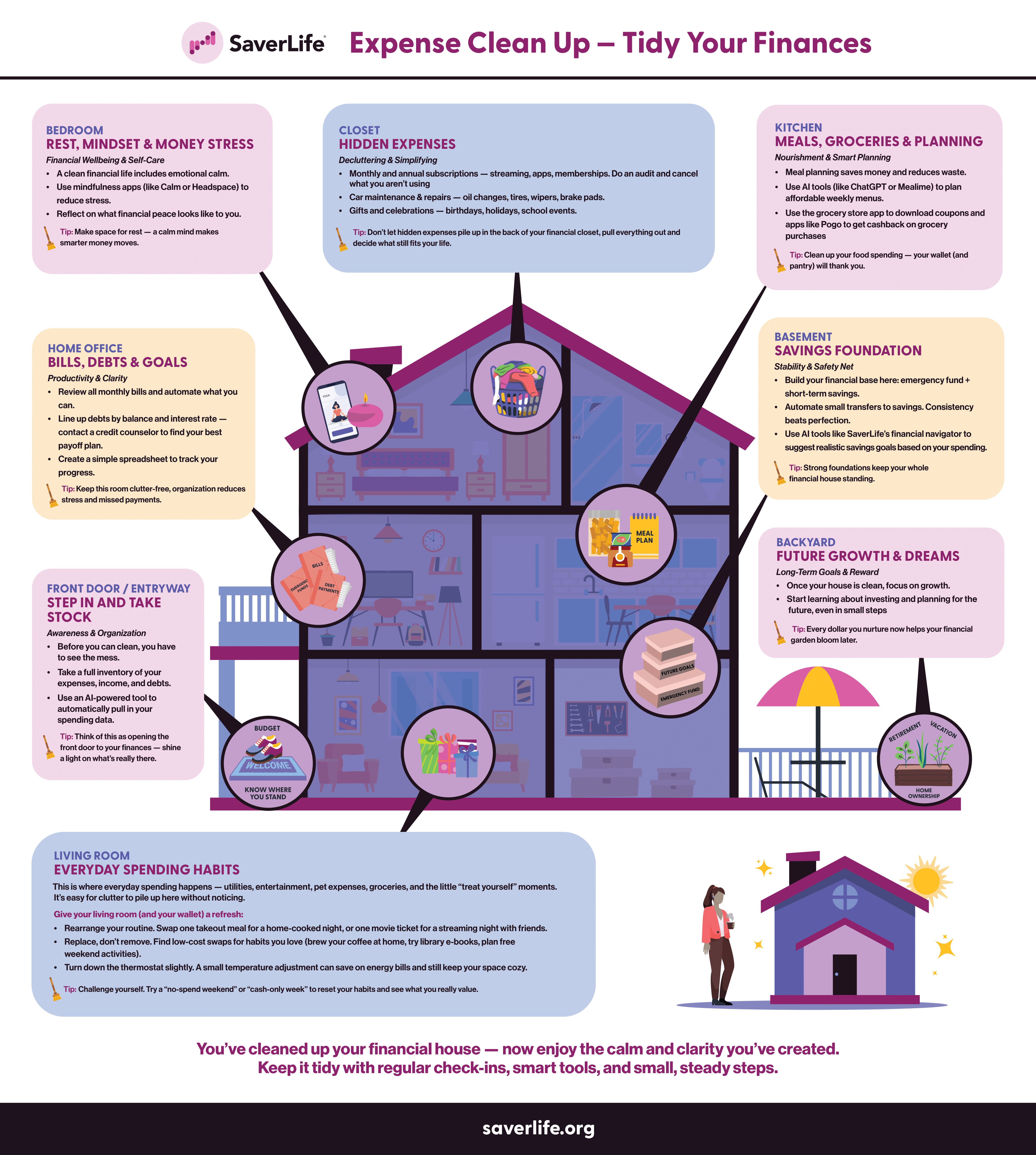
Saving for retirement is a common goal in personal finances. Often it’s seen as a way to take care of your future self and enjoy life when you aren’t working anymore. But, when you start looking at all the different types of retirement plans and accounts you can use to reach your goals, it can be overwhelming.
While there are many different account options and investment choices you can make, two of the choices you may have heard about are a Roth IRA and a 401k plan. Each of these options could be a great element of your financial plan and could help you save for retirement.
In order to build a solid financial plan, it’s important to understand the differences between these two options and how they could work for you. Let’s look at five differences between a Roth IRA and a 401k that can help you figure out what is right for you.
Quick Definitions
Before learning what makes a Roth IRA and a 401k different from each other and how they may fit into your financial plan, it is important to be familiar with each account type.
Roth IRA
A Roth Individual Retirement Account, or Roth IRA, is a retirement account you set up and manage for yourself. You can set it up with a variety of different investment companies or banks. The money you use to fund a Roth IRA is money you’ve earned after taxes.
401k Plan
A 401k plan is an employer-sponsored retirement plan you can set up through your job. You can then fund the plan with money directly from your earned income before taxes are taken out. This means it can reduce your taxable income in the present. Your employer may also offer matching funds you can qualify for to help your retirement grow. Learn more about 401k plans here: What is a 401K & Why is it Important to My Financial Planning?
Difference #1: How You Contribute
One of the main differences between a Roth IRA and 401k is how contributions are made.
A Roth IRA is a retirement account you fund on your own with after-tax dollars. This means you can put money into your Roth IRA after you receive your paycheck. You can make contributions through the investment firm or bank that holds your IRA. It’s also possible to connect your bank account to your Roth IRA so you can make transfers. The big thing to know about contributions to a Roth IRA is you’re responsible for funding it on your own.
A 401k is an employer-sponsored retirement plan. In this case, contributions are made from your income before you receive it. The money you contribute comes directly from your salary before your paycheck is issued. It’ll reduce the amount of money you receive each month by the amount you’re contributing to your retirement account. Your 401k might also come with an employer match. This means your employer would match your contributions up to a certain dollar amount or percentage of your contribution.
Difference #2: Contribution Limits
When you’re considering your different account options, it’s important to know that different retirement plans come with different contribution limits.
For 2023, if you’re under the age of 50, you can contribute a maximum of $6,500 or an amount equal to your total earned income, whichever is lower, to a Roth IRA. This limit is typically adjusted every year and usually increases. If you’re over the age of 50, you can qualify for a catch-up contribution. This means you can contribute an additional $1,000 to your Roth IRA. This allows those closer to retirement to save a bit more money.
The annual contribution limit to a 401k is $22,500 for 2023 for individuals younger than 50. Again, 401k plans offer catch-up contributions. Individuals over 50 can contribute an additional $7,500 to their 401k plan. It’s important to note that the contribution limit refers to your contributions and doesn’t include employer matching.
Difference #3: Income Limits
Another difference between a Roth IRA and a 401k plan is the ability to contribute to a Roth IRA is phased out after you earn a certain level of income. You can continue to contribute the full $6,500 in 2023 if you are married-filing-jointly and have a modified adjusted gross income (MAGI) of less than $218,000. Those filing their taxes as single filers must have a MAGI of less than $138,000. If you earn between $218,000- $227,999 (married-filing-jointly) or $138,000 – $152,999 (single) the amount you can contribute is reduced. And if you earn over $228,000 (married filing jointly) or $153,000 (single) you are unable to contribute to a Roth IRA.
Your Roth IRA contributions can continue to grow once you pass the income threshold. You just can’t make additional contributions.
401k plans do not have an income limit. Individuals earning any amount can contribute to the plan as long as they don’t contribute more than the annual allowed contribution.
Difference #4: Withdrawal Rules
Retirement plans are set up to help people take care of day-to-day expenses and fund their retirement. Even with the common goal of paying for retirement, Roth IRAs and 401ks have different rules regarding when you can take withdrawals without paying a penalty and whether you must take withdrawals at a certain age.
If you’re making a withdrawal from your Roth IRA, you can withdraw your contributions at any time without incurring taxes or penalties. You can also avoid paying a 10% penalty on earnings by taking withdrawals after you have owned the account for at least five years and if any of the other conditions are met:
- You are older than 59 ½.
- You are taking the distributions due to permanent disability.
- You use the distribution to buy or build your first home ($10,000 maximum and can only be sued once).
- The withdrawal is made by your beneficiary or your estate after your death.
Remember, you don’t have to satisfy all these requirements. You just have to have owned the account for at least 5 years and meet one of the other requirements.
It’s also important to note that while some retirement plans have required minimum distributions (RMDs), or a set distribution you must take each year after you reach a certain age, Roth IRAs do not have RMDs.
With a 401k plan, if you retire after age 59 ½, you can take distributions without facing any early withdrawal penalties. If you don’t need to take distributions right after retirement, you can wait. But you must start taking distributions in the year you turn 72 if you reach age 70 ½ in 2020 or later. Your first RMD must be taken by April 1 of the year after you reach 72. Starting in 2023, if you do not take your RMD you will face a 25% penalty tax on any of the untaken portions of the distribution.
Difference #5: Tax Consequences
It’s important to know that there are different tax consequences between a Roth IRA and a 401k.
Contributions to a Roth IRA are made with income that has already been taxed. So, at the time you make your contributions, they have no effect on your taxable income. But your withdrawals and investment earnings are not taxed as long as you follow the rules.
Unlike a Roth IRA, the contributions you make to a 401k reduce your taxable income in the year that you make them. This happens because your 401k contributions come out of your paycheck before it’s taxed. This can be helpful because it reduces your current tax liability. When you make withdrawals from your 401k during retirement, they will be taxed. This tax is applied at your ordinary income tax rate at the time you take the distribution.
While they have many differences, both Roth IRA plans and 401k plans offer good options for saving toward retirement. It’s important to understand the differences between the two plans as you work to create your financial plan. From different contribution and income limits to different withdrawal and tax consequences, each plan has its advantages and disadvantages.
It’s important to note that you can use the two plans together and make contributions to both. This can give you more diversity in your investments and can also help you manage the tax consequences of each plan in retirement. It is important to make the contribution to your 401k that’s required to get any matching contributions. Once you’ve done this, you could consider also starting a Roth IRA to have both accounts as you build towards retirement.


